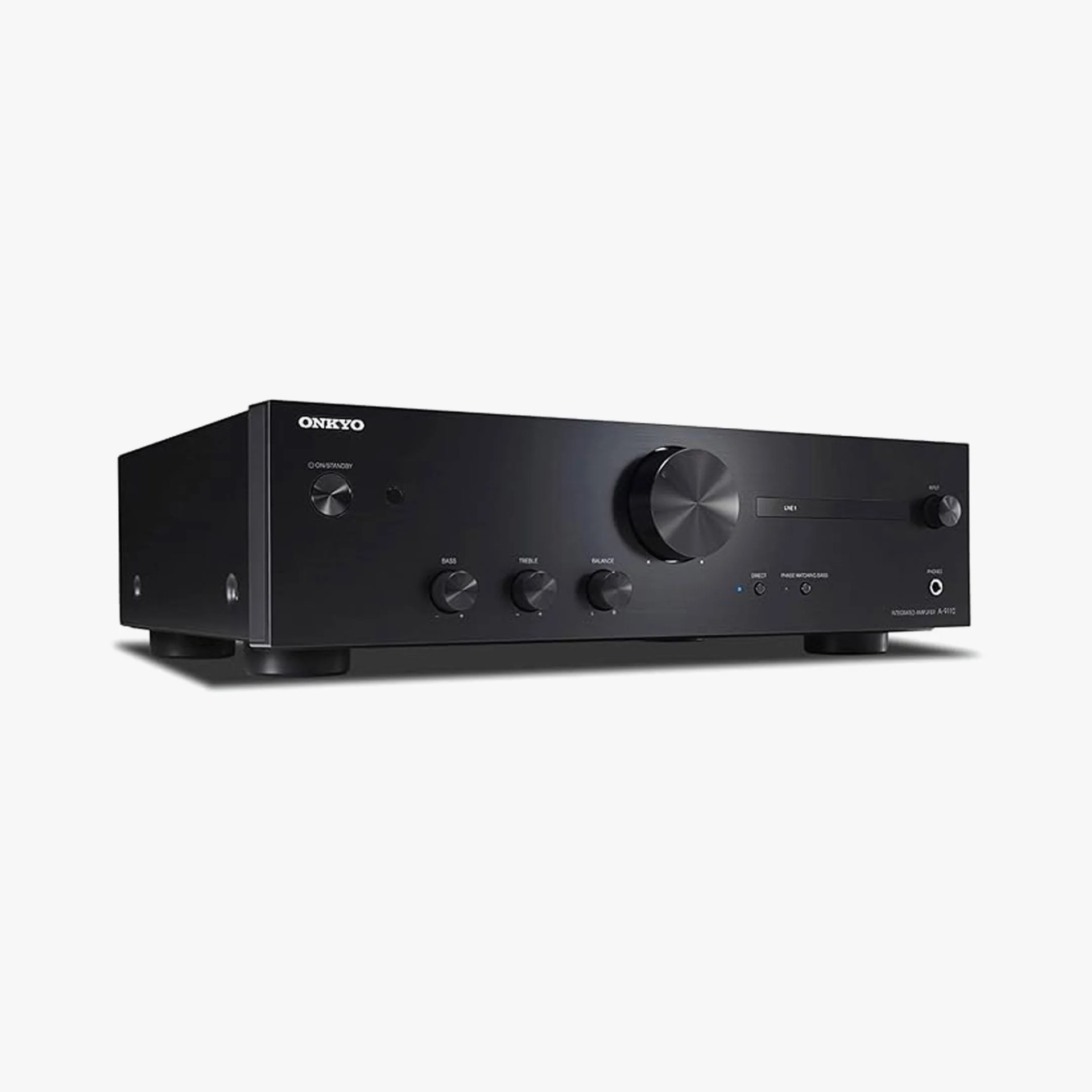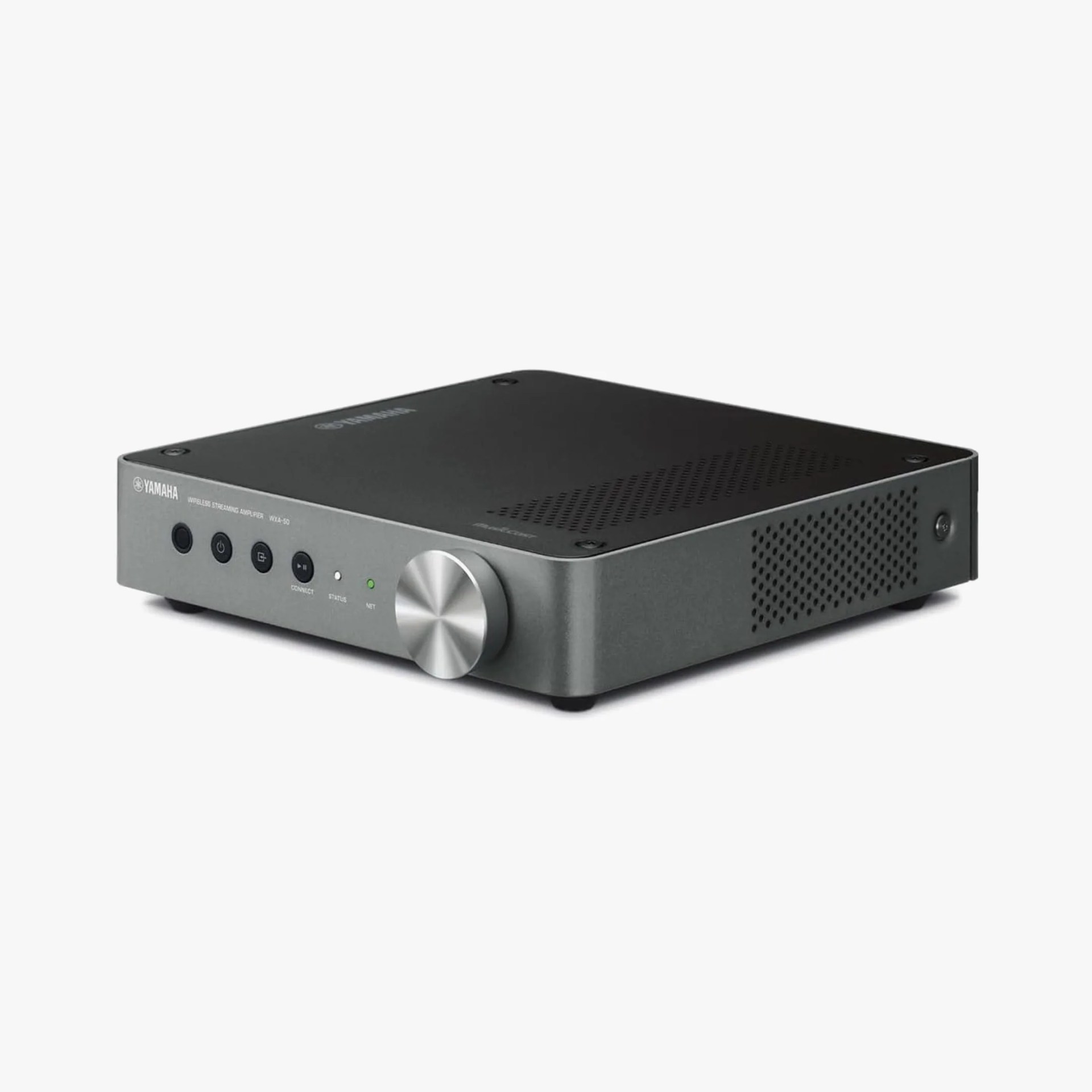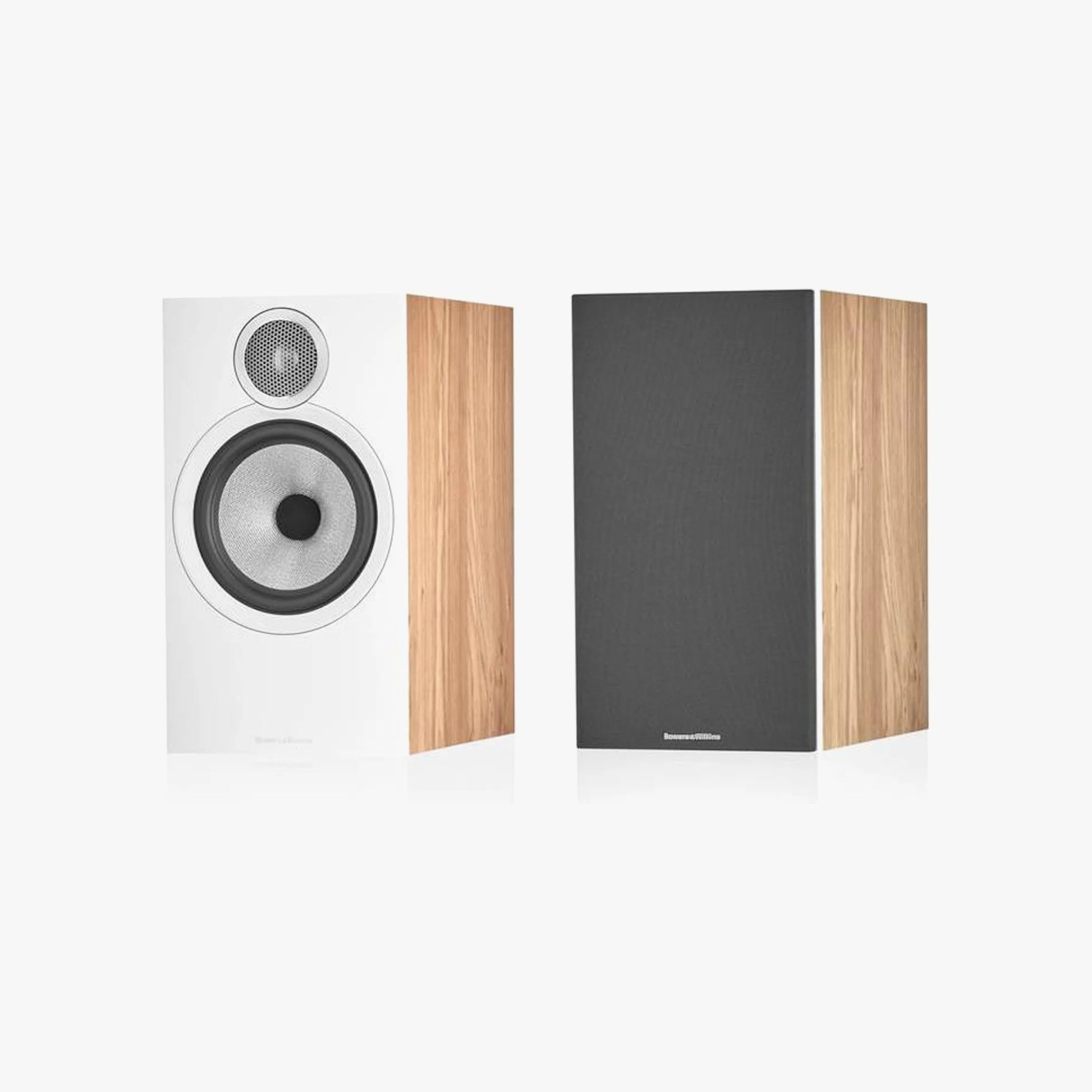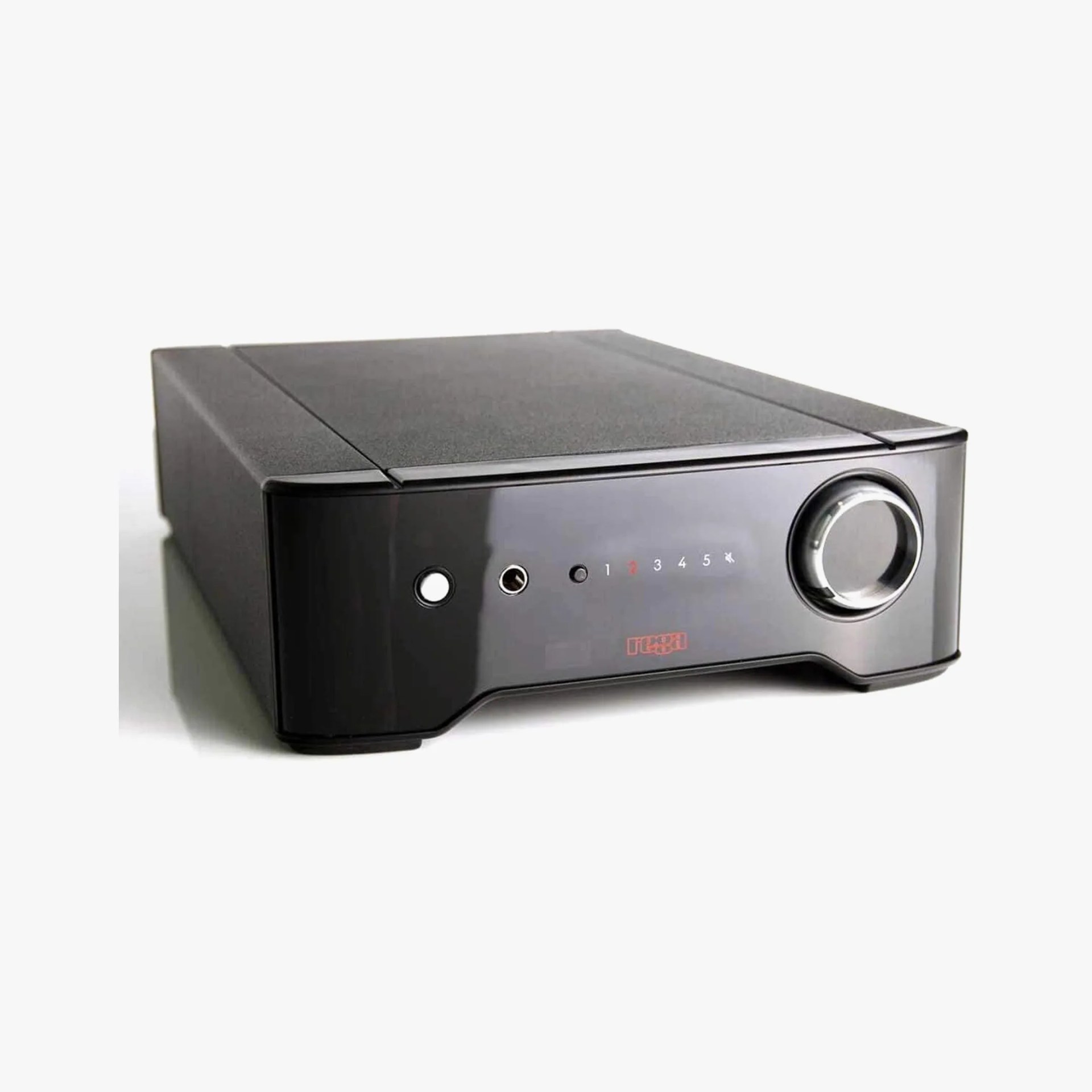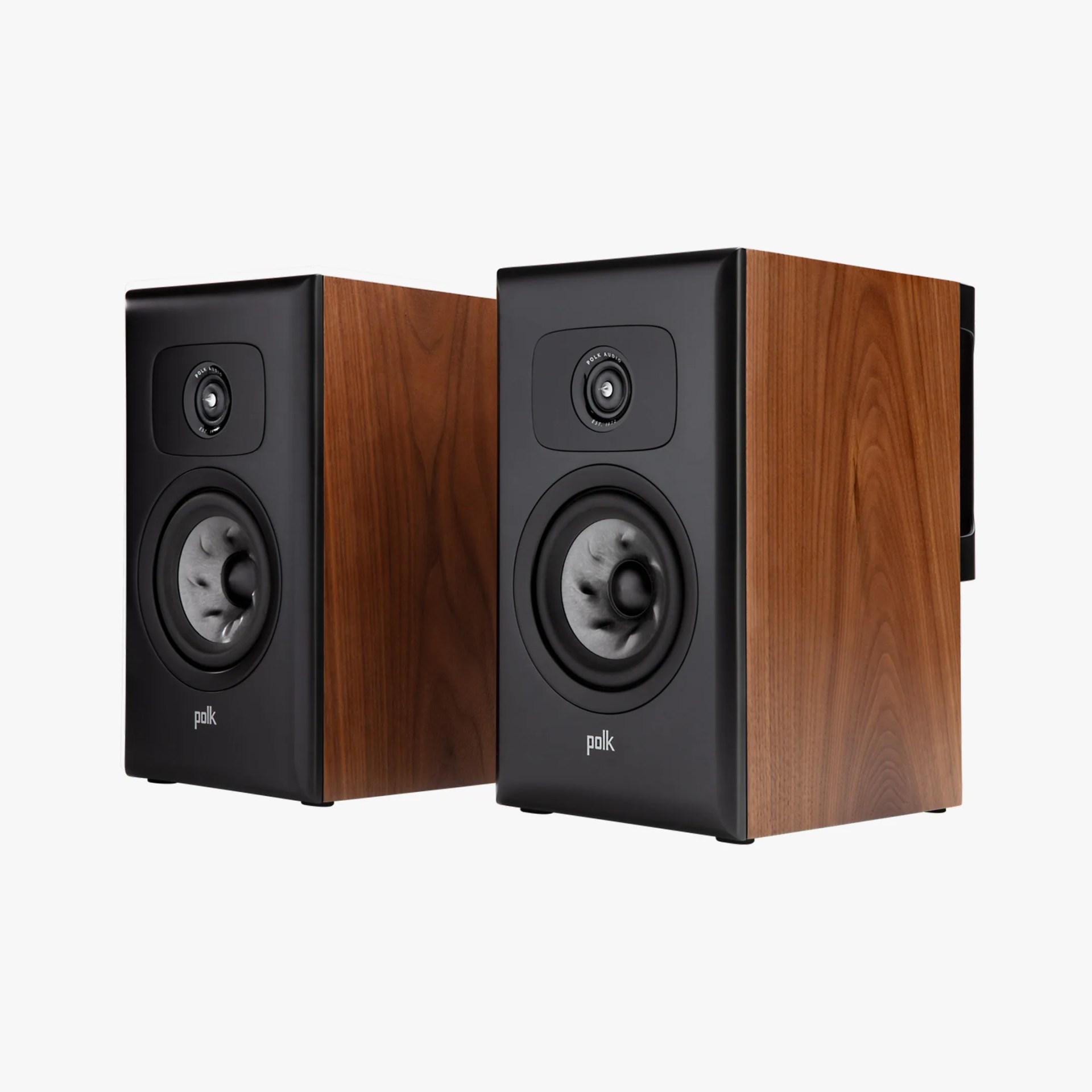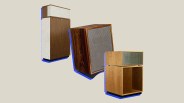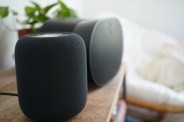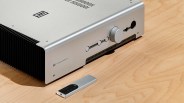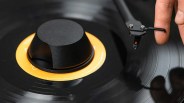Two components make up the foundation of any hi-fi system: the speakers and the amplifier needed to properly drive them. If you want to create a vinyl hi-fi system, you’ll also need a turntable and a phono preamplifier … but neither is anything without a speaker (or speakers) and a power amplifier.
Power amplifiers don’t always go by that name. Imbued with extra features, they’re sometimes called receivers (amplifiers with a built-in radio) or integrated amplifiers (amplifiers with a built-in preamp and, sometimes, a phono stage and wireless streaming capabilities). But their primary job is the same: take a weak audio signal and boost it so it’s powerful enough to drive a speaker.
Pairing an amp to a speaker is the cornerstone of hi-fi nerdery, with all sorts of logic to govern your choices. But it’s also possible to get objectively wrong. An amp needs to be powerful enough to drive the speakers it is paired with and match up the impedance (measured in ohms) so that the speaker-and-amp combination will work and sound best — and it all gets a little bit complicated.
So to get you started, here are five pairs of passive bookshelf speakers, each paired along with an amplifier that’s capable of driving them to their full potential.
The Entry-Level Setup
You can build an excellent analog stereo system for around $500. Below, we’ve paired Klipsch’s budget-friendly bookshelf speakers with Onkyo’s integrated amplifier. This system lacks streaming capabilities but has several inputs for connecting your analog audio players (including a turntable).
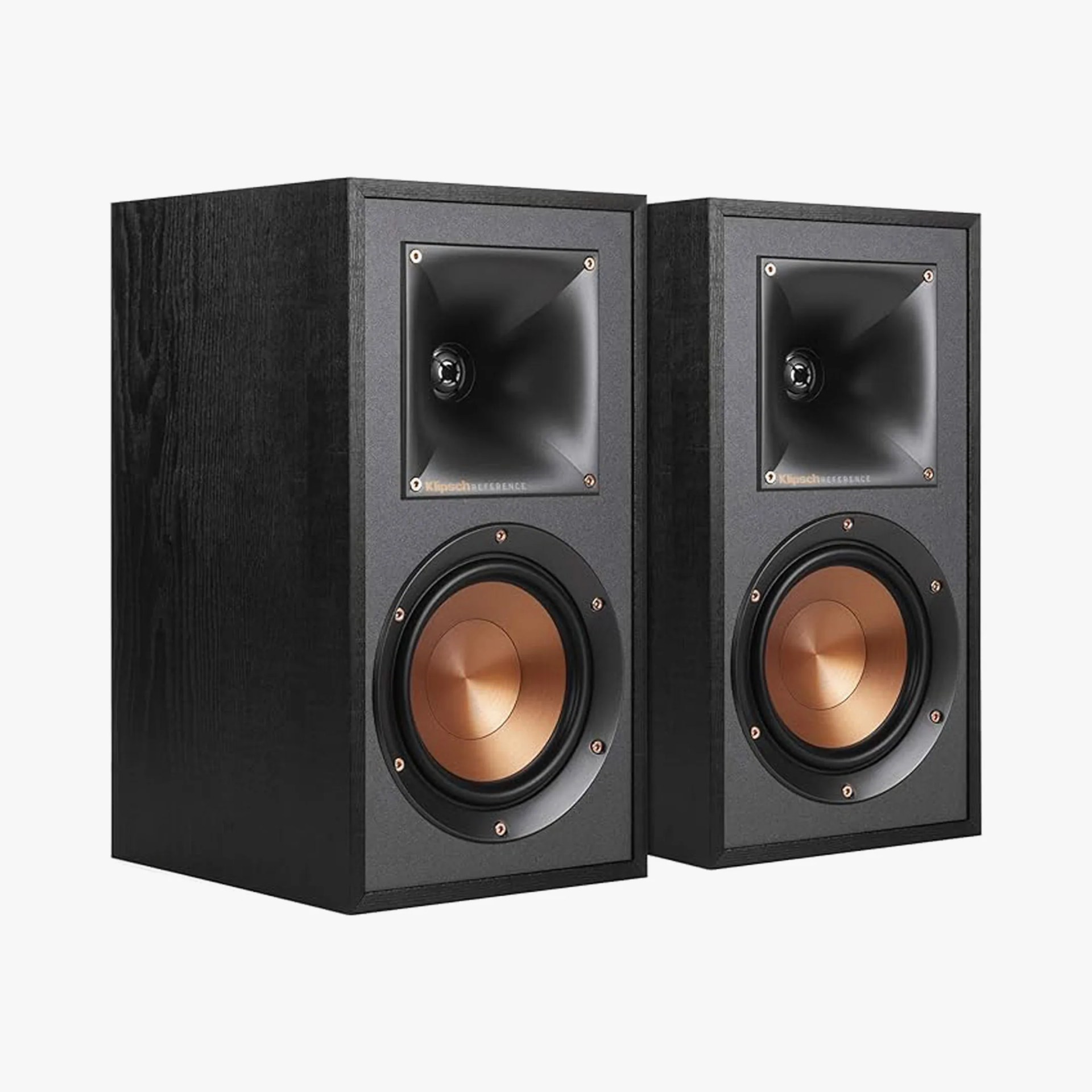 Klipsch
KlipschThe Speakers

